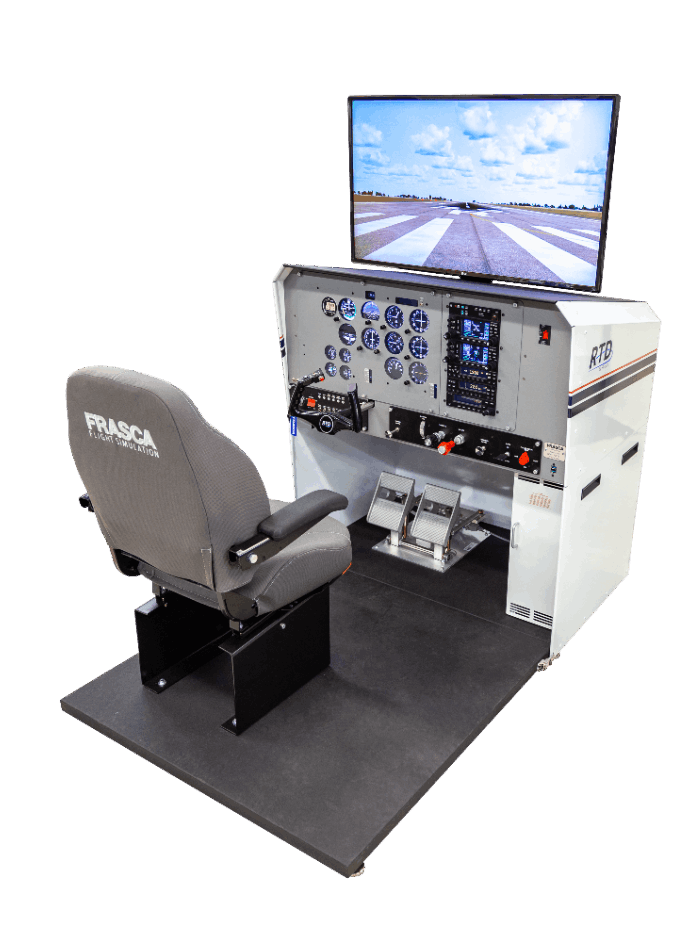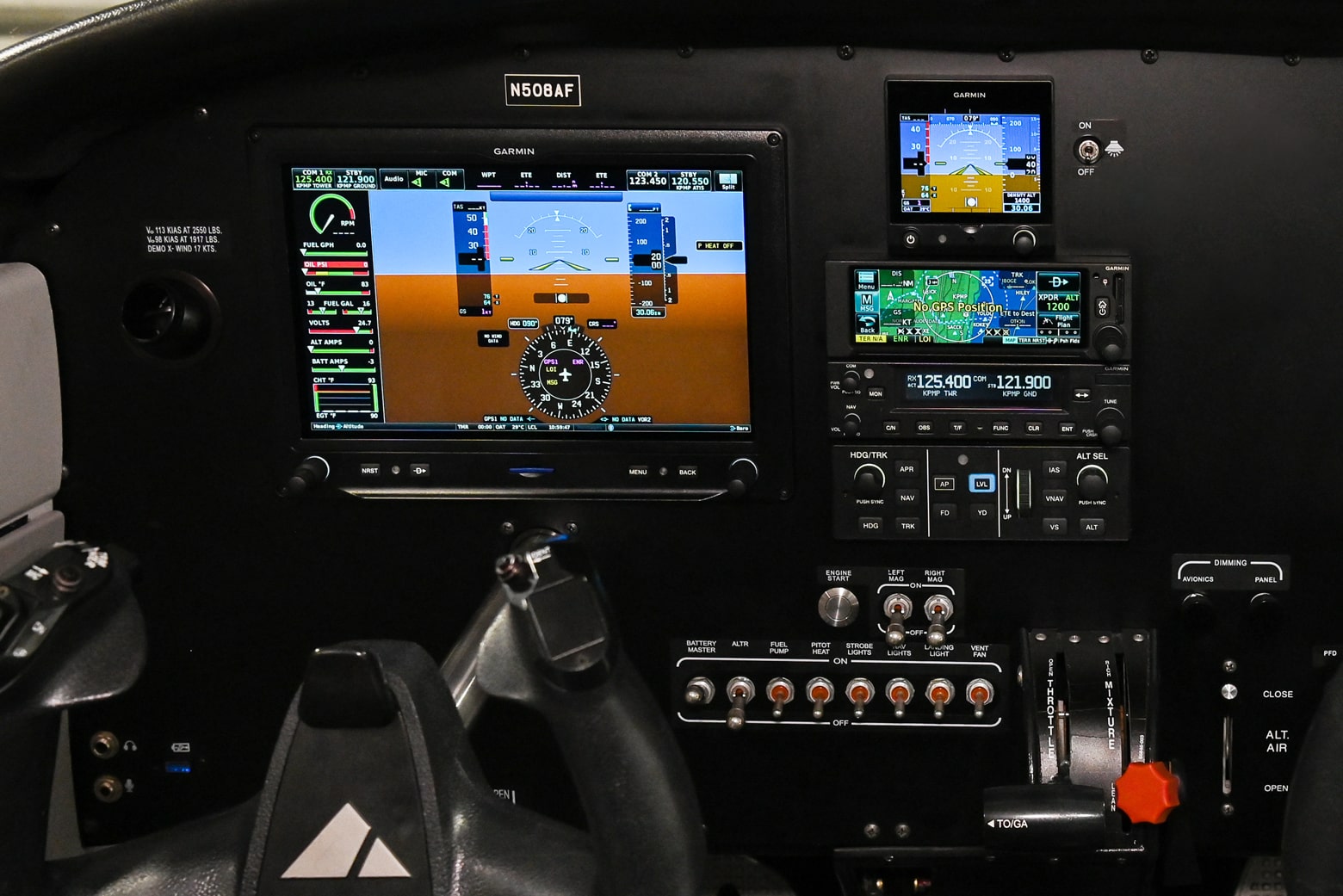Flying an aircraft is often described as one of the most exhilarating experiences a person can have. Whether gliding through clear blue skies or navigating a stormy front, pilots rely on a combination of skill, judgment, and situational awareness to operate safely. While visual flight skills are fundamental, instrument flying or flying using instruments rather than outside visual references provides an additional layer of safety and professionalism. For pilots looking to advance their careers and enhance their operational capabilities, IFR pilot training is essential. In this article, we’ll explore how instrument flying improves safety, hones pilot skills, and prepares aviators for a broader range of flying scenarios.

Understanding Instrument Flying
Instrument flying, also known as IFR (Instrument Flight Rules) flying, involves controlling an aircraft primarily by reference to its flight instruments rather than visual cues outside the cockpit. Unlike VFR (Visual Flight Rules), where pilots navigate by seeing landmarks, horizon lines, and other visual references, instrument flying relies on a suite of cockpit instruments—altimeter, attitude indicator, airspeed indicator, heading indicator, and navigation aids—to maintain safe flight.
The primary benefit of instrument flying is its ability to keep pilots safe when weather conditions deteriorate. Fog, rain, clouds, or snow can severely limit visibility, making visual navigation impossible. By trusting and interpreting instruments accurately, pilots can continue flying safely even when the world outside is obscured.
Enhancing Safety Through Instrument Proficiency
Safety is the cornerstone of aviation, and IFR pilot training directly contributes to reducing risk. Here’s how instrument flying improves overall flight safety:
1. Navigating Low-Visibility Conditions
One of the most obvious benefits of instrument flying is the ability to operate safely in low-visibility environments. Pilots trained in IFR procedures can safely navigate through clouds, dense fog, or heavy precipitation. Without instrument proficiency, these conditions could lead to spatial disorientation, controlled flight into terrain (CFIT), or other serious accidents. Instrument training ensures that pilots maintain precise altitude, heading, and course even when visual references vanish.
2. Reducing Human Error
Instrument flying encourages strict adherence to procedures and checklists, which reduces human error. IFR operations are structured with clear protocols, including approach plates, holding patterns, and communication with air traffic control (ATC). By following these procedures, pilots minimize the chances of mistakes that could occur in high-stress situations, such as sudden weather changes or unexpected air traffic.
3. Mastery of Aircraft Systems
Instrument flying requires a deep understanding of an aircraft’s systems. Pilots must interpret the nuances of flight instruments, navigation radios, autopilot systems, and other avionics. This proficiency not only aids in instrument flight but also enhances safety during visual flight. Knowing your aircraft inside and out ensures better decision-making and quicker responses to unexpected situations.
Building Superior Pilot Skills
Beyond safety, IFR pilot training dramatically improves a pilot’s overall skill set. Instrument flying strengthens core piloting abilities in several key ways:
1. Precision and Discipline
Flying by instruments requires meticulous attention to detail and unwavering discipline. Unlike visual flight, where minor deviations can be corrected by sight, instrument flying demands exact control over pitch, roll, heading, and altitude. This precision translates into cleaner, more controlled flying under any circumstances.
2. Improved Situational Awareness
Instrument flying enhances situational awareness. Pilots learn to maintain a mental picture of their position relative to terrain, airspace, and other aircraft purely through instrument data. This skill is invaluable, even during visual flight, as it encourages proactive monitoring of altitude, airspeed, and heading rather than reactive flying.
3. Better Decision-Making Under Pressure
IFR environments often simulate high-pressure scenarios, such as sudden weather deterioration or ATC reroutes. Training for these situations forces pilots to make rapid, informed decisions. Over time, this builds confidence and a level-headed approach that benefits all aspects of aviation, making pilots more capable in unexpected challenges.
4. Cross-Country and Night Flying Confidence
Instrument flying prepares pilots for complex cross-country routes and night flying, where visual cues can be limited. With IFR training, pilots gain confidence to fly in unfamiliar terrain, navigate controlled airspace, and execute instrument approaches in low-light conditions. This versatility opens the door to more advanced flying opportunities and career advancement.
The Role of IFR Pilot Training
IFR pilot training is the structured pathway through which pilots acquire the skills necessary for instrument flying. Unlike standard flight training, IFR courses emphasize:
- Advanced navigation techniques: Pilots learn to interpret and use VOR, ILS, GPS, and other navigational aids to maintain precise course.
- Instrument approaches and departures: Training includes approaches such as ILS, RNAV, and LOC, ensuring pilots can safely land in limited visibility.
- Emergency procedures: Pilots practice simulated instrument failures and system malfunctions to build proficiency in managing unexpected scenarios.
- Air traffic control communication: IFR pilots must communicate accurately and concisely with ATC, ensuring coordinated and safe operations in controlled airspace.
The cumulative effect of this training is a pilot who is more competent, confident, and capable in challenging conditions.
Common Misconceptions About Instrument Flying
Despite its benefits, some pilots hesitate to pursue IFR training due to misconceptions:
- “Instrument flying is only for commercial pilots.” While IFR is required for airline operations, general aviation pilots benefit immensely from instrument proficiency. It enhances safety for private, recreational, and business flying alike.
- “It’s too complicated.” While IFR requires structured learning, modern simulators, flight training devices, and experienced instructors make mastering instrument flying more accessible than ever.
- “I don’t fly in bad weather often.” Weather can be unpredictable. Even occasional IFR skills ensure a pilot is prepared for unexpected clouds, storms, or sudden changes during cross-country trips.
Recognizing these misconceptions helps aspiring pilots embrace instrument training as an essential step in professional development.
Long-Term Career Benefits
Instrument flying isn’t just about safety; it’s an investment in a pilot’s career. Pilots with IFR ratings are more competitive for:
- Airline or charter positions
- Corporate and business aviation roles
- Specialized operations like aerial surveying or medical transport
Furthermore, IFR training often leads to additional certifications, endorsements, and proficiency in advanced avionics, creating opportunities for leadership and instructing roles in aviation.

Conclusion
Instrument flying is more than a technical skill; it’s a mindset that prioritizes safety, discipline, and precision. IFR pilot training equips pilots to operate confidently in low-visibility conditions, enhance situational awareness, and make better decisions under pressure. The result is not only a safer pilot but a more skilled aviator capable of handling diverse challenges in the sky.
Investing in instrument training is an investment in a pilot’s safety, proficiency, and career longevity. Whether flying for leisure, business, or a professional aviation career, mastering IFR principles ensures that pilots are ready for whatever the skies may bring.
For anyone serious about advancing their aviation skills, pursuing IFR pilot training is an indispensable step toward becoming a safer, more capable, and more versatile pilot.




Comments